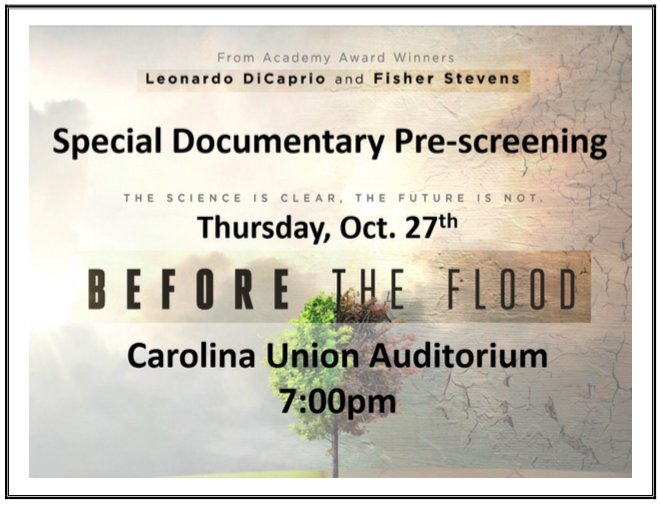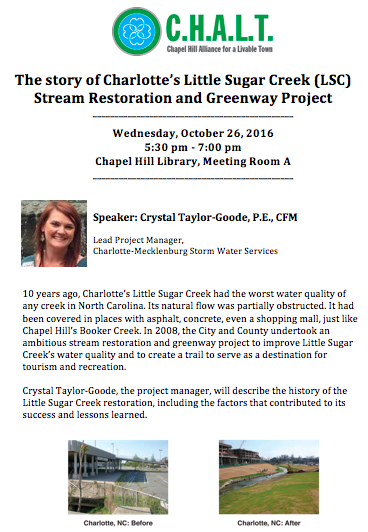Fri, Nov 18, 2016 3:00 PM – 4:00 PM EST
Hear from state and federal officials regarding key issues and recommendations from energy-focused disaster response exercises held in 2016.
Panelists:
• Robert Ezelle, Director, Washington Emergency Management Division
• Deanna Henry, Oregon Department of Energy and ESF 12 Co-lead
• Jeff Baumgartner, Senior Advisor, Infrastructure Security and Energy Restoration, DOE
Webinar co-sponsored by NEMA and U.S. Department of Energy
To register for the free webinar, sign up here.



